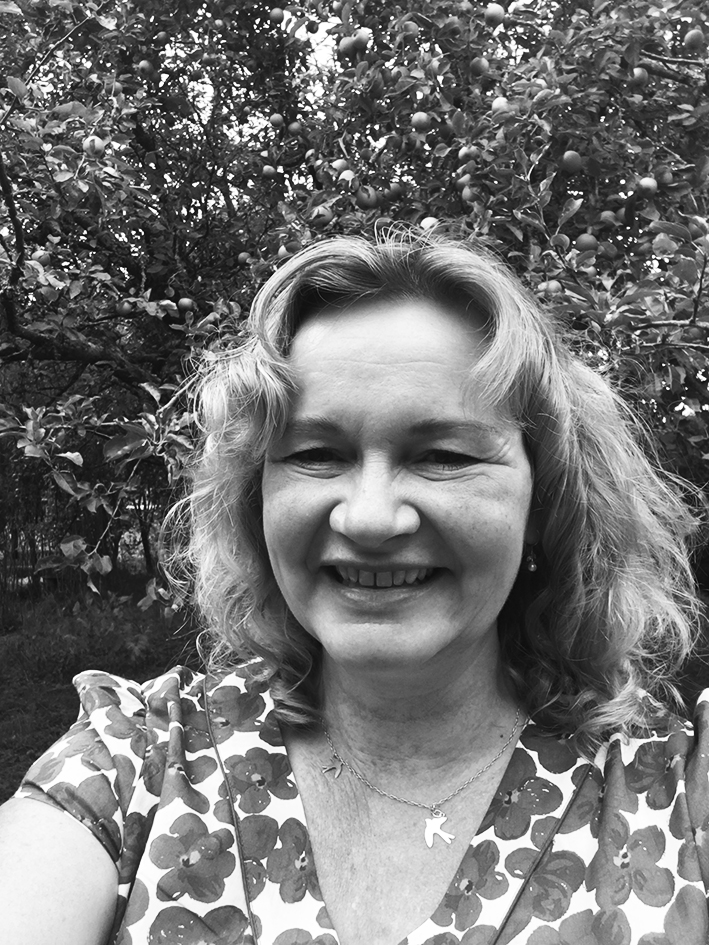A stubble field in autumn is an evocative sight. A glimmer of summer gold, even as that memory is fading fast.
It is a marked turning of the year in which its cut-off straws stick up; a still point between endings and beginnings. It’s a reminder that, hopefully, a good harvest is got in and the field can ‘rest’ as it is set aside for wildlife. Even as it pales, it stays; a sanctuary among bleak winter fields. And sometimes, in low afternoon sun, it shimmers with a vast sheet of gold, which floats, suspended, from the tops of stalks, 15 centimetres above the earth: the silk of millions of spiders.
It hasn’t always been this way. Stubble fields are fallow ones. Not producing and no place for nostalgia. My childhood memory delights in “the freedom of the stubbles” – unwritten permission to cut corners across and gallop a horse over those fields, with a genial nod and a “go on girl” from the farmer. There are also memories of burning fields; the haunting-yet-comforting smell, redolent of the settling of a new season and the slide to winter.
Before the Second World War, cereals were mostly grown on mixed farms. A reaper-binder removed straw to use as animal fodder and bedding. But war and combine harvesters stimulated the rise of arable farms, where it was unviable to bale, cart and sell the straw. It became a waste product, rather than an integral part of the agricultural cycle. The practice of stubble burning became widespread in the 1970s and increased with the 1980s shift to winter-sown wheat. Burning destroyed weeds and, crucially, killed pernicious blackgrass. Autumn cultivation began almost immediately and larger fields, with hedges grubbed up, were less of a fire risk.
But the blackened fields evinced a loss to farmland wildlife and it was difficult to live with. Palls of smoke hung in the air, wreathed dangerously across roads and filled houses. Post-it-note-sized pieces of ash fell on washing, cars and people. It was a major atmospheric pollutant. In 1972, The Times declared: “Straw burning probably did more to alienate general sympathy from modern farming than any other issue.”
The practice was banned in 1993, with fields sprayed off and ploughed instead. A field on the estate we live on was the last to be burnt in Berkshire.
Stubble has made a comeback recently, although crossing a field, with water from dew-filled straws flicking up your legs, is liable to make you unpopular: you might be walking over next spring’s wheat. Direct drilling of a crop into unploughed stubble is economical, improves soil structure, water retention and encourages invertebrates, too.
Grants to leave a percentage of stubble unsprayed until spring are a gift. Arable plants develop, protecting the soil, providing food and cover for insects, birds and mammals. They are wonderful places to watch wildlife. You might see hares and flocks of golden plovers. Rooks and jackdaws gleaning spilt grain will be joined by fieldfares and redwings, when the hedgerow berries are gone.
This year, stubble is encircled with cultivated fire breaks, a preventative against summer’s heatwave threats. Here, there is a chance of a skylark singing on a dull winter day, or woodlark, their song a beautiful alleluia – a vision of that shimmering sheet of gold in song.

